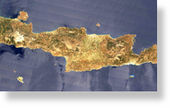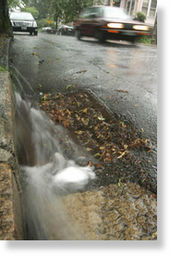
© ReutersIsland of Crete as seen from space
An earthquake of 6.4 magnitude on the Richter scale, felt as far afield as Cairo, Egypt, has been recorded on the Greek island of Crete, according to www.earthquake.usgs.gov
The exact epicentre has been triangulated at 125 km SSE of Iraklion, Crete, 195 km SE of Hania, Crete, 275 km NNE of Tobruk, Libya and 445 km SSE of Athens.
Conflicting media reports claim that the earthquake was as high as 6.7 in magnitude, whereas the Associated Press has given its strength as 5.9.
